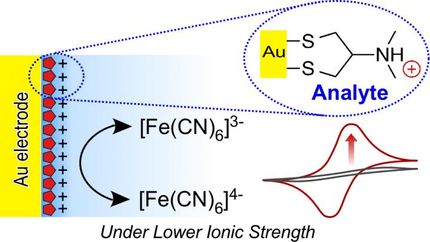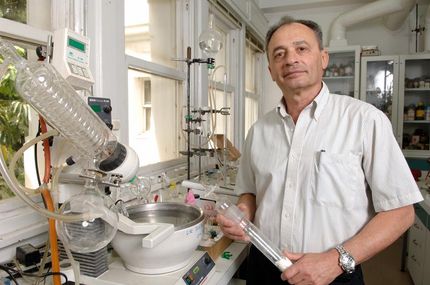Regulatory Amendments and Efficiency Drives to Boost Uptake of Flow Sensors
The need to conform with new European Commission (EC) regulations, combined with increased demand for improved efficiency in process industries are encouraging greater adoption of flowmeters. Aided by greater demand for more advanced and higher-priced flowmeter technology, this relatively mature $940.7 million market is projected to experience steady revenue growth in the next years.
Various EC directives related to environmental issues and processes in the food and beverage and pharmaceuticals sectors are compelling companies to regulate their production practices, reports Frost & Sullivan, an international growth consultancy. Monitoring the flow of fluids not only ensures improved, more streamlined processes in these industries, but also helps to save costs.
This has become an important issue due to the economic slowdown and has created demand for devices that help to reduce operating/installation costs. The continuous customer requirement for improved productivity through optimisation of manufacturing processes is likely to drive the flow sensors market in the long term to reach $1.13 billion by 2009.
"Supporting this growth potential are technological innovation and continuous product development in the flowmeter market," states Frost & Sullivan Research Manager, Mik Sabiers.
Technological advances are underpinning a growing preference for intelligent instruments, which apart from measuring flow rate, can provide data on the performance of the instrument. These devices use in-built microprocessors to decode the information and enable interpretation of many other variables. Smart multiphase flowmeters are being increasingly accepted in the oil and gas, and food and water industries.
"Customers are becoming more aware of the significant potential for cost savings which could compensate for the higher investments into more advanced instruments," adds Sabiers. "This should have a positive effect on future demand."
Advanced technologies including ultrasonic and coriolis mass flowmeters are gradually dislodging conventional flowmeters such as electromagnetic, turbine and positive displacement. Features such as accuracy, reliability and low maintenance of more advanced technologies are driving uptake to make these products the two fastest growing segments.
In 2002 ultrasonic held 7.7 percent of total market revenues and coriolis mass held 15.5 percent. The strongest advance is expected for ultrasonic recording a 2002-2009 compound annual revenue growth rate of 7.2 per cent, significantly above the market average rate of 2.6 per cent.
Suppliers are also actively seeking to penetrate specific market applications or niche areas. The changing focus on applications is likely to provide participants with renewed growth prospects as they look to build replacement and upgrade programmes.
"Specialist suppliers in a range of niche market sectors have managed to build strong customer bases," notes Sabiers. "These small suppliers are often focused on targeted applications in chosen industries, which tend to continue to invest in the technology."
The flow sensors market is also finding important sources of demand in the replacement market. The large installed base of flow sensors in Europe provides continuous sales prospects since devices need periodic repair or upgrade. This is especially true in the chemicals, oil and gas, and power generation sectors, where failure to renew sensors may have serious safety implications.
The high potential for unit sales, however, is not likely to drive profits. Intense competition in a market with more than 60 participants has sparked price wars, which in turn, is driving down profit margins. Competitive pressures are expected to continue to remain high as the leading suppliers look to enhance their overall position.
In total the top five market participants account for more than half of all revenues, a value that is increasing over time. Nevertheless, the scope for greater growth for these larger suppliers is expected to be more limited unless they investigate alternative avenues such as penetrating more specialised niches.
Overall, while there is expected to be a positive advance in many product sectors of the market, all suppliers will have to place greater attention to identifying and building upon the opportunities available to remain effective competitors.
Other news from the department business & finance
These products might interest you
Most read news
More news from our other portals
See the theme worlds for related content
Topic world Sensor technology
Sensor technology has revolutionized the chemical industry by providing accurate, timely and reliable data across a wide range of processes. From monitoring critical parameters in production lines to early detection of potential malfunctions or hazards, sensors are the silent sentinels that ensure quality, efficiency and safety.

Topic world Sensor technology
Sensor technology has revolutionized the chemical industry by providing accurate, timely and reliable data across a wide range of processes. From monitoring critical parameters in production lines to early detection of potential malfunctions or hazards, sensors are the silent sentinels that ensure quality, efficiency and safety.































































